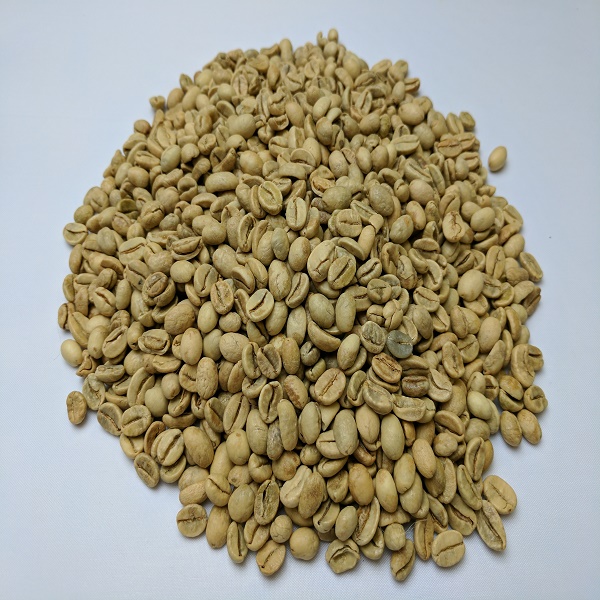Market prices of coffee returned down to earth briefly on December 2 to a 14-day low after scoring a 47-year high. But by December 5, they had rebounded sharply due to multiple factors including trade and weather forces.
Arabica in New York rose by 3.23% while Robusta in London by 2.62%, attendant to drought reports from Brazil and Vietnam.
The fall in prices earlier on December 2 in their part had owed to technical rather than market movements.
Technically, the International Coffee Exchange (ICE) has lately reduced the timeline traders can tie a huge amount of capital to coffee while awaiting price improvement. This in turn has prompted pressure to sell overdue futures, increasing market sales and therefore low prices.
Hence, Robusta on December 2 nose-dived to a 3-week low, even as Arabica staged a 2-week low.
Intraday futures for the 2nd of December put coffee at $3.12 per pound versus its November 29th high of $3.36. Regarding this last figure, Reuters correlates this highest price since 1977 as equivalent to $17.68 today at the 1977 rate.
By the 5th of December however, Arabica coffee prices had improved slightly by 2.17% to settle at a strong $3.12 a pound.
Monetary factors favoring price strength include the weakening of the dollar, which is bearish on the market.
Equally bearish is a weak Brazilian real for it encourages Brazilian exports as the weak rate converts to more local cash. This leads to ample international supplies and hence weak prices.
Market factors favoring the rise of coffee price in their part include uncertainty on the harvests in major producers. In Brazil, poor weather has occasioned Arabica depletion while in Vietnam a similar scenario threatens Robusta supplies.
On the flip side, market factors weakening the price include positive announcement of ample coffee stock. Vietnam, for instance, on December 2 announced a 2024-25 stock at 28 million 60-kg bags, a million bags above earlier predictions.
In a word, weather and trade factors have been pushing market prices of coffee up and down. For more on the weather effect on coffee pricing, read on the statistics below.
Statistics on Weather Effect on Market Prices of Coffee
1977, 1997 and 2024 stand out in the annals of coffee as the worst years because drought brought price repercussions.
In 1977, the horn of Africa witnessed extreme dry conditions, cutting supplies. International coffee prices went on to hit an unprecedented $3.13 a pound in March 1977.
In 1997, effects of the El Niño combined with the earlier drought of 1995/96 in the coffee-producing horn of Africa. They cut supplies and international prices of the commodity skyrocketed. The global average of $2.57 a pound in May 1997 was the highest price since the early 1990s.
In the 2024 case, drought concerns mainly the Amazonian forests of Brazil and the highlands of Vietnam. Affecting 60% of the country, Brazil endures the worst dry spell since the record-keeping started in 1950. As a result, supplies were down in December, prompting coffee to trade at its highest point in almost 50 years. This explains why the price as of December 5, 2024 was still at a record high of $3.12 a pound.
